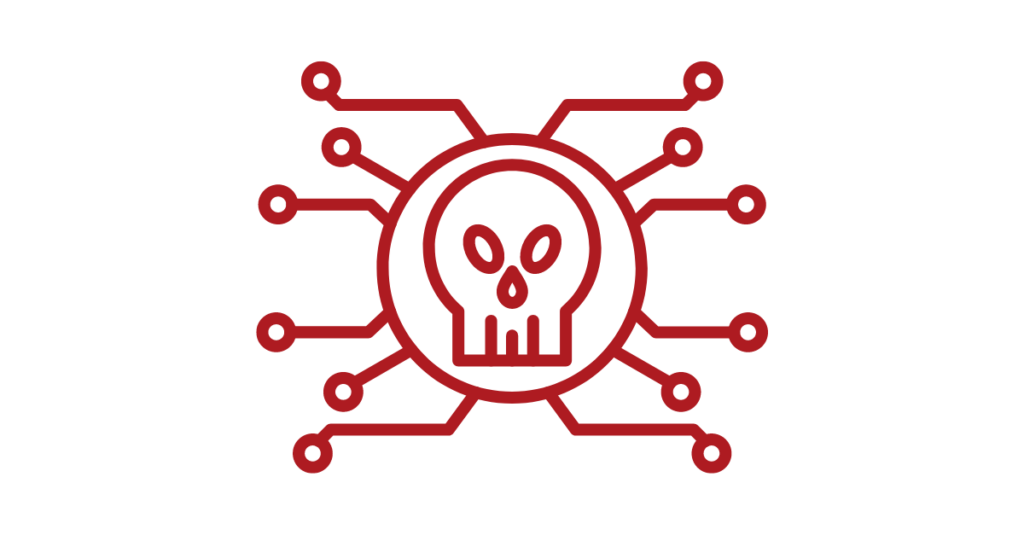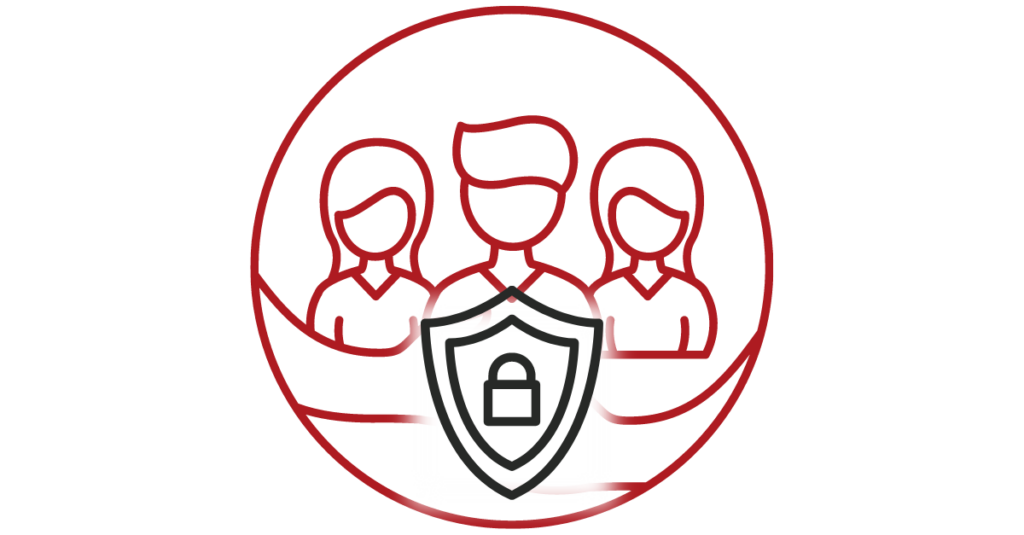
In the ever-evolving landscape of digital threats, the need for proactive cybersecurity measures has never been more critical. With cyberattacks becoming increasingly sophisticated and prevalent, businesses must adopt a proactive approach to safeguard their sensitive data and maintain the trust of their customers.
In this blog post, we delve into the importance of staying proactive in cybersecurity management and outline key strategies to fortify your defenses.
The Rising Tide of Cyber Threats

Cyberattacks pose a significant risk to organizations of all sizes and industries. From ransomware and phishing scams to data breaches and insider threats, the arsenal of malicious actors continues to expand. According to recent studies, the global cost of cybercrime is projected to reach $6 trillion annually by 2021, underscoring the scale of the challenge facing businesses worldwide.
The Pitfalls of Reactive Cybersecurity
While reactive measures have traditionally been the go-to approach for addressing cyber threats, they are no longer sufficient in today’s fast-paced digital environment. Relying solely on reactive security measures leaves organizations vulnerable to emerging threats and increases the likelihood of costly data breaches. By the time a cyberattack is detected, the damage may already be done, resulting in financial losses, reputational damage, and legal ramifications.
Embracing Proactive Cybersecurity Practices

Proactive cybersecurity involves anticipating and mitigating potential threats before they materialize. Rather than waiting for an attack to occur, proactive organizations take pre-emptive steps to identify vulnerabilities, assess risks, and implement robust security measures. This proactive stance not only enhances an organization’s ability to thwart cyber threats but also minimizes the impact of successful attacks when they do occur.
Key Strategies for Proactive Cybersecurity Management

Risk Assessment and Vulnerability Management: Conduct regular risk assessments to identify potential security vulnerabilities within your organization’s network, systems, and applications. Implement a comprehensive vulnerability management program to prioritize and address these vulnerabilities proactively.
Security Awareness Training: Educate employees about cybersecurity best practices and the latest threats facing your organization. By fostering a culture of security awareness, you empower employees to recognize and respond to potential threats effectively.
Continuous Monitoring and Threat Intelligence: Implement robust monitoring tools and leverage threat intelligence feeds to detect suspicious activities and emerging threats in real-time. Proactive monitoring allows organizations to identify and mitigate security incidents before they escalate into full-blown breaches.
Patch Management: Stay vigilant about applying security patches and updates to your organization’s software and systems. Unpatched vulnerabilities are a prime target for cybercriminals, making timely patch management essential for maintaining a secure environment.
Incident Response Planning: Develop a comprehensive incident response plan outlining procedures for responding to security incidents swiftly and effectively. Regularly test and refine your incident response capabilities to ensure readiness in the event of a cyberattack.
Conclusion
In today’s digital age, proactive cybersecurity management is no longer a luxury but a necessity. By adopting a proactive approach to cybersecurity, organizations can bolster their defenses, mitigate risks, and safeguard their critical assets against evolving cyber threats. By staying ahead of the curve, businesses can not only protect their bottom line but also uphold the trust and confidence of their customers in an increasingly interconnected world. Remember, when it comes to cybersecurity, being proactive is always better than being reactive.

